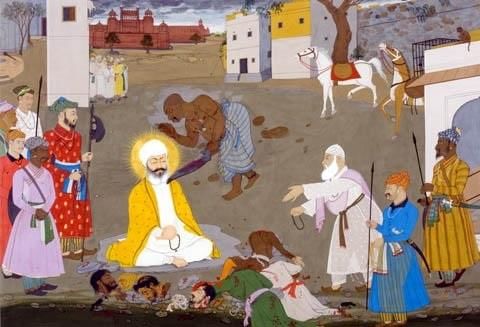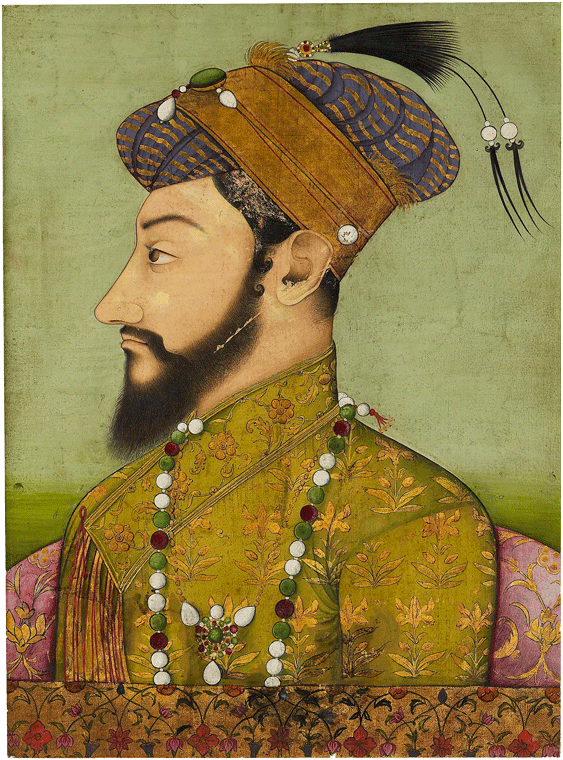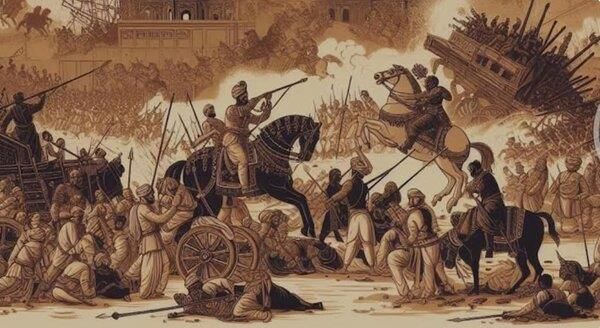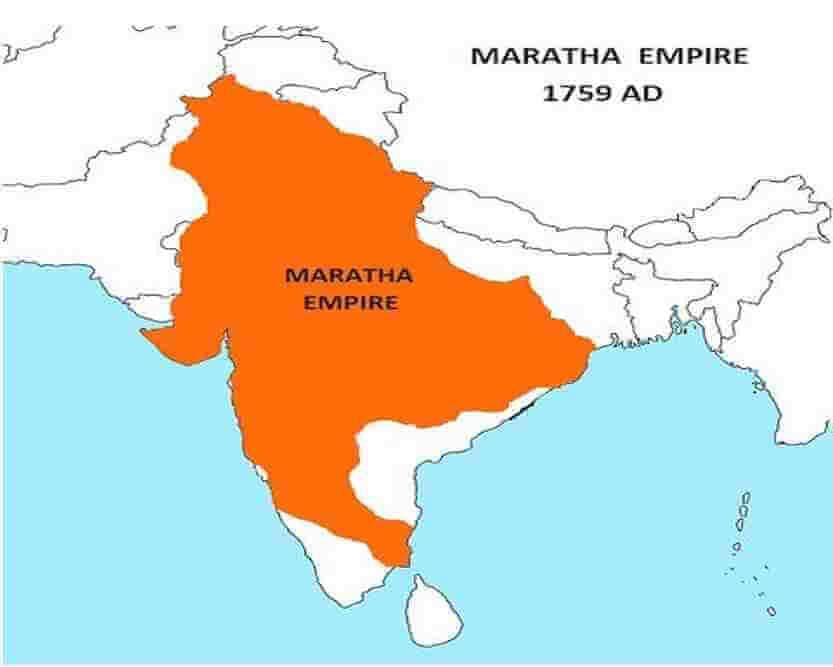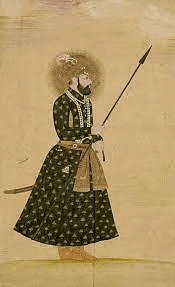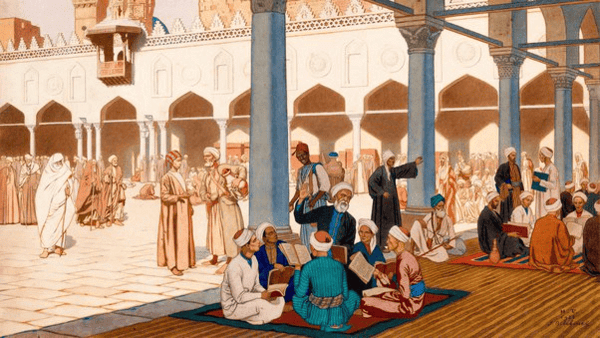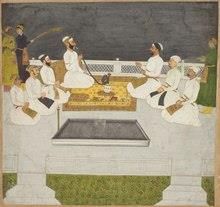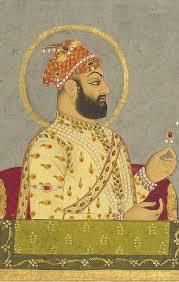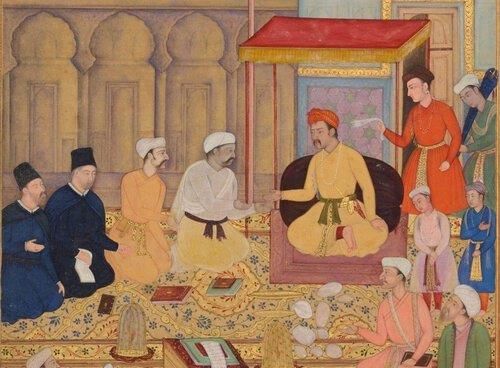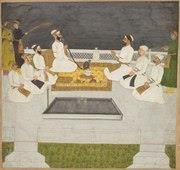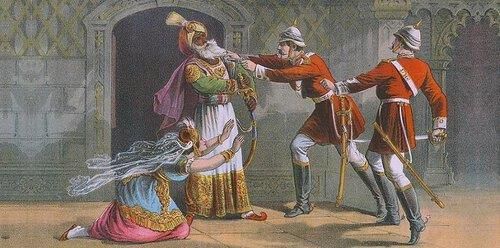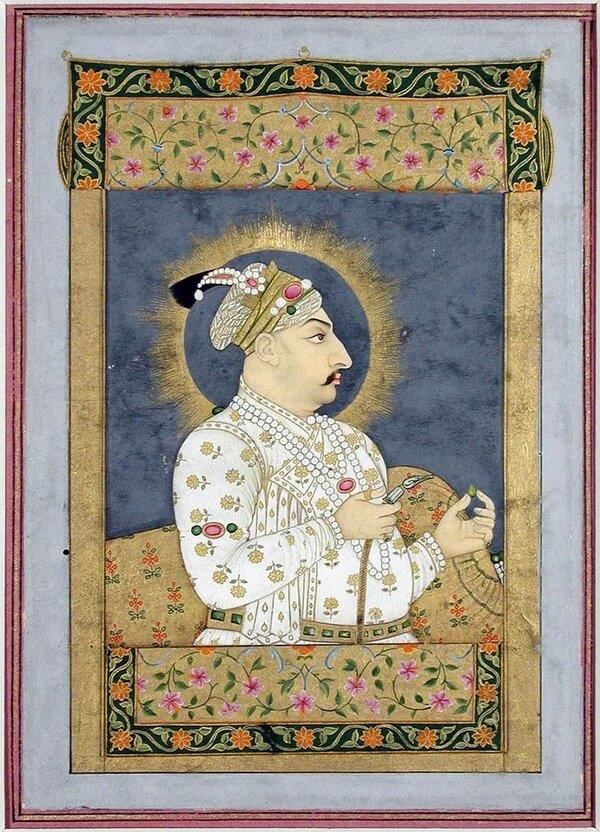|
What significant change occurred in the Mughal Empire after the death of Aurangzeb in 1707? |
Card: 1 / 38 |
|
The Mughal Empire began to decline, losing its previous stability and territory, ultimately resulting in diminished power by the early 18th century. 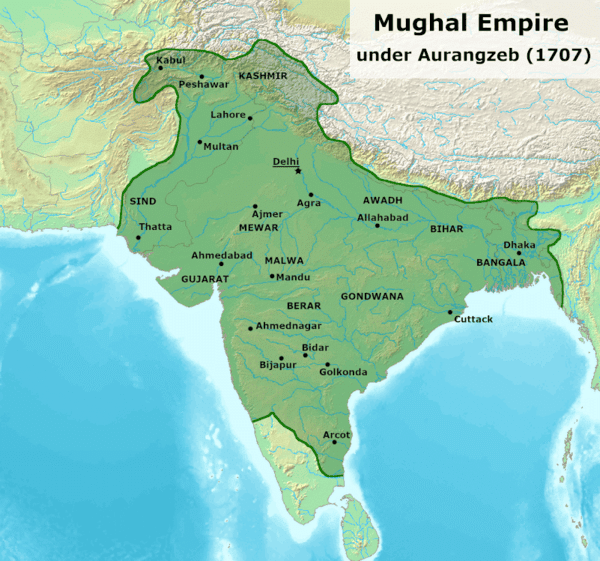 |
Card: 2 / 38 |
|
Bahadur Shah's rule is characterized by a departure from the policies of ___ and a more tolerant approach towards ___ . |
Card: 3 / 38 |
|
Fill in the blank: The Mughal Empire's military strength remained formidable until the death of ___ . |
Card: 5 / 38 |
|
Fill in the blank: The decline of the Mughal Empire was influenced by weaknesses in India's medieval ___, ___, and ___ structures. |
Card: 7 / 38 |
|
False. Bahadur Shah's attempts fell short as he did not fully satisfy their demands, leading to continued dissatisfaction among the Maratha sardars. 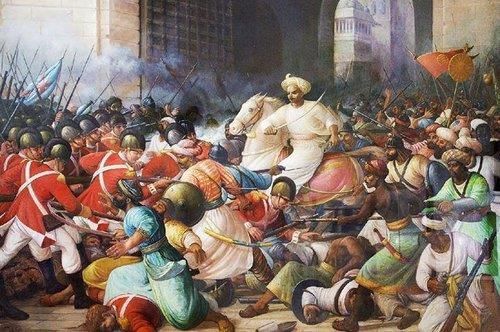 |
Card: 10 / 38 |
|
The refusal to recognize Shahu as the rightful Maratha king contributed to ___ in the Deccan region. |
Card: 11 / 38 |
|
What actions did Bahadur Shah take in response to the Sikh rebellion under Banda Bahadur? |
Card: 13 / 38 |
|
He initially attempted to pacify the Sikhs by making peace with Guru Gobind Singh and granting him a high rank, but after Guru Gobind Singh's death, he took direct military action. 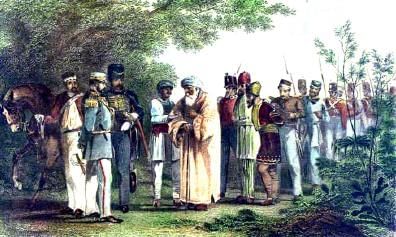 |
Card: 14 / 38 |
|
Bahadur Shah's granting of jagirs and promotions had a positive effect on the state finances. True or False? |
Card: 15 / 38 |
|
False. His reckless grants worsened state finances and depleted the royal treasury. 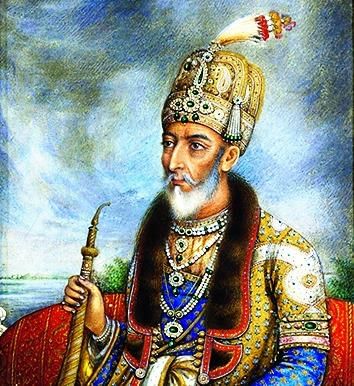 |
Card: 16 / 38 |
|
After Bahadur Shah's death, Jahandar Shah relied on powerful nobles to govern, such as ___ who sought to reverse previous policies. |
Card: 17 / 38 |
|
What significant tax did Zulfiqar Khan abolish to strengthen his position after Bahadur Shah's death? |
Card: 19 / 38 |
 Unlock all Flashcards with EduRev Infinity Plan Starting from @ ₹99 only
|
|
True or False: The Saiyid brothers supported Farrukh Siyar's rule without any power struggles. |
Card: 21 / 38 |
|
False; the Saiyid brothers engaged in a power struggle with Farrukh Siyar throughout his reign. |
Card: 22 / 38 |
|
Farrukh Siyar was characterized by his ___, ___, and susceptibility to worthless favourites. |
Card: 23 / 38 |
|
Fill in the blank: The power struggle between Farrukh Siyar and the Saiyid brothers highlighted the ongoing ___ within the Mughal Empire. |
Card: 25 / 38 |
|
What was the impact of the Saiyid brothers' consolidation of power on the autonomy of the Mughal Empire? |
Card: 27 / 38 |
|
It significantly reduced the stability and autonomy of the Mughal Empire as they restricted the personal liberty of successive puppet emperors. |
Card: 28 / 38 |
|
True or False: The Saiyid brothers were successful in fully stabilizing the Mughal Empire during their rule. |
Card: 29 / 38 |
|
False; they faced constant political rivalry and conspiracies that hindered their effectiveness. 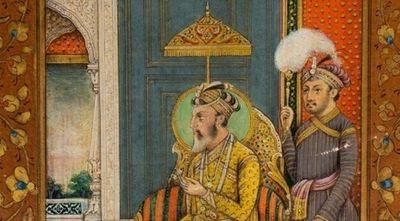 |
Card: 30 / 38 |
|
Fill in the blank: The downfall of the Saiyid brothers was marked by the assassination of Husain Ali Khan in ___ and the defeat of Abdullah Khan near ___. |
Card: 31 / 38 |
|
Fill in the blank: Muhammad Shah's leadership was characterized by ___ and ___, which led to challenges in governance. |
Card: 35 / 38 |
|
True or False: Nizam-ul-Mulk remained loyal to Muhammad Shah throughout his reign. |
Card: 37 / 38 |
|
False. Nizam-ul-Mulk became disillusioned with Muhammad Shah's leadership and pursued his own ambitions. 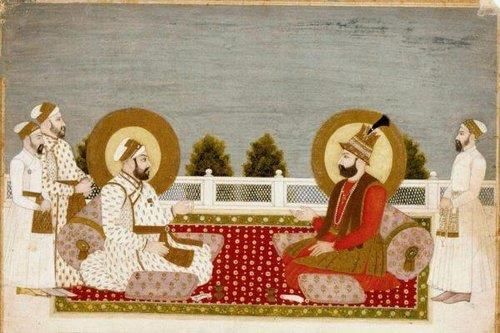 |
Card: 38 / 38 |





